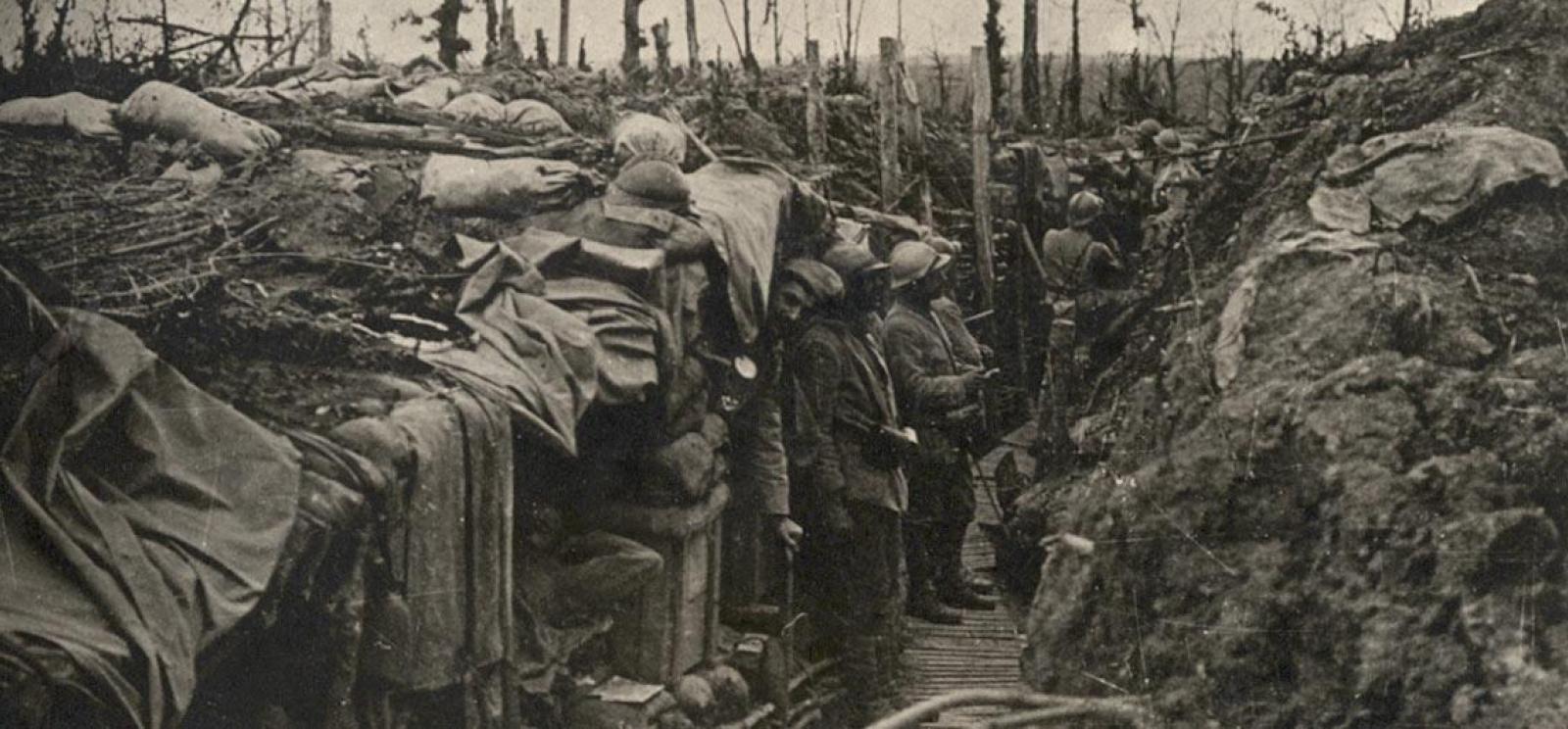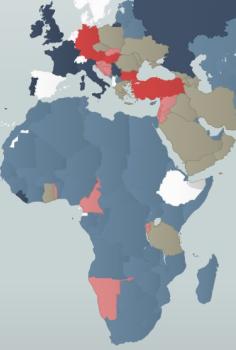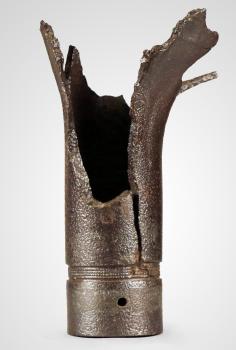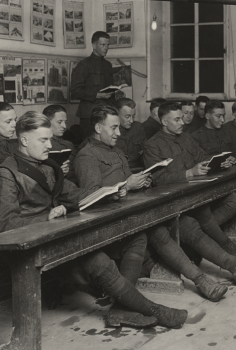World War I was a war of trenches.
After the early war of movement in the late summer of 1914, artillery and machine guns forced the armies on the Western Front to dig trenches to protect themselves. Fighting ground to a stalemate. Over the next four years, both sides would launch attacks against the enemy’s trench lines, attacks that resulted in horrific casualties.
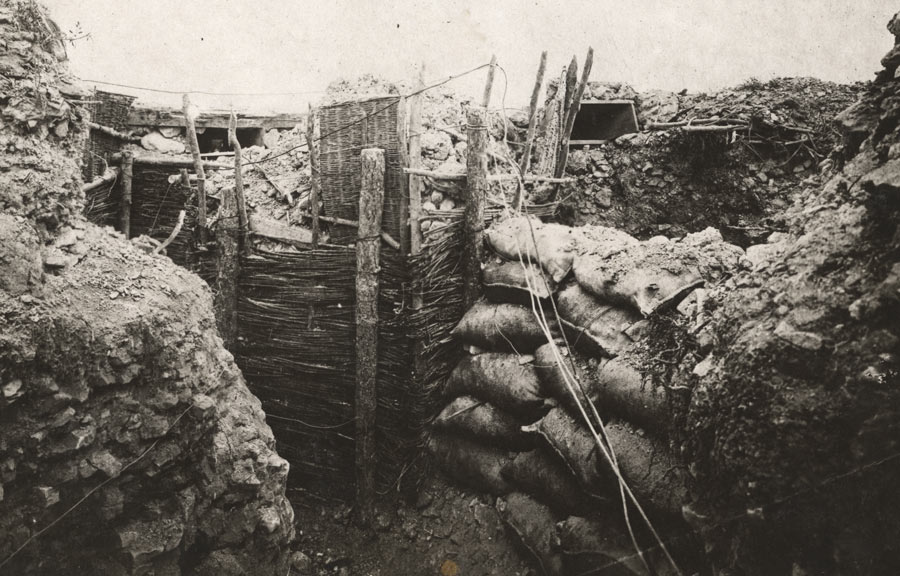
Inside a trench, all that is visible is just a few feet on either side, ending at the trench walls in front and back, with a patch of leaden sky visible above. Trenches in WWI were constructed with sandbags, wooden planks, woven sticks, tangled barbed wire or even just stinking mud.
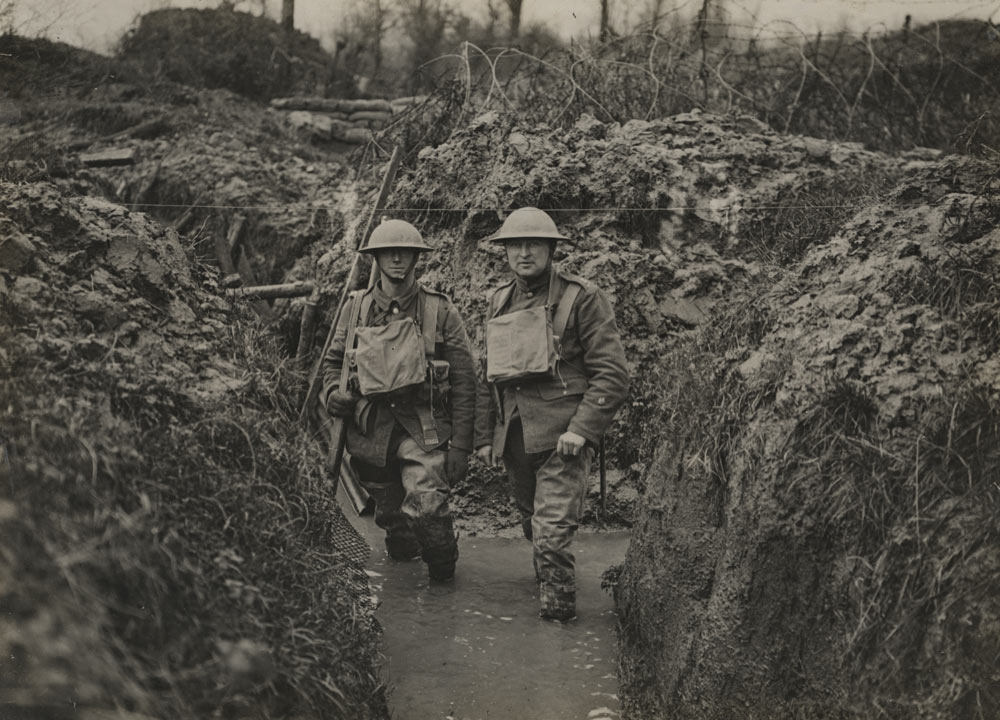
Despite the use of wooden plank ‘duckboards’ and sandbags to keep out the water, soldiers on the front lines lived mired in mud. “The mud in Belgium varies in consistency from water to about the thickness of dough ready for the oven,” one British infantry soldier wrote. The constant damp often led to a condition known as ‘trenchfoot,’ which if left untreated, could require amputation to stave off severe infection or even death.
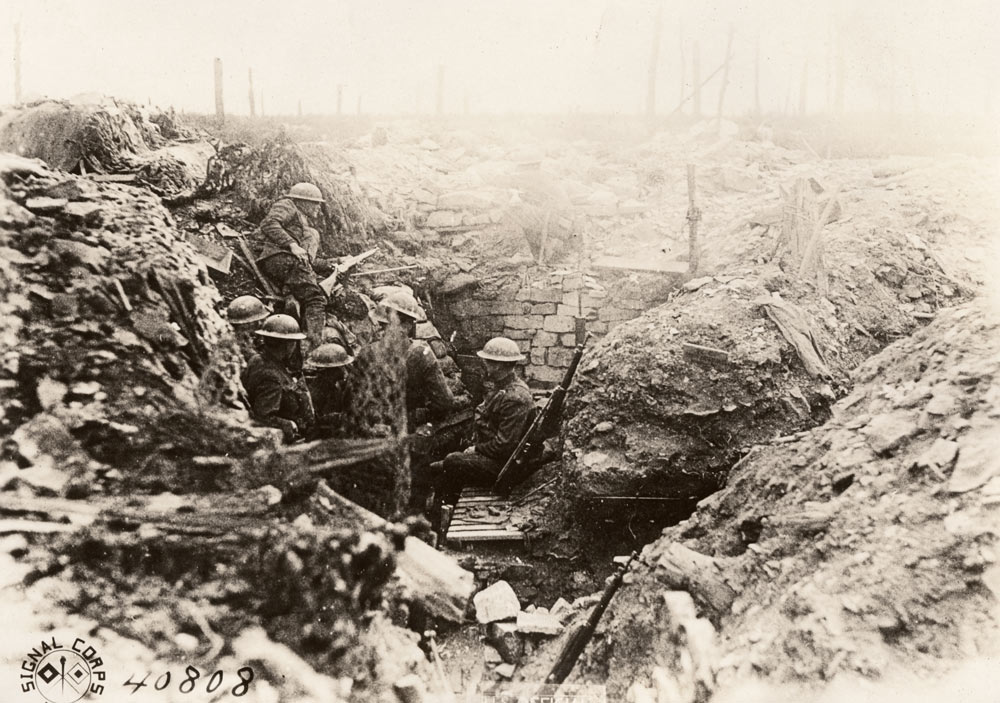
Trenches became trash dumps of the detritus of war: broken ammunition boxes, empty cartridges, torn uniforms, shattered helmets, soiled bandages, shrapnel balls, bone fragments. Trenches were also places of despair, becoming long graves when they collapsed from the weight of the war.
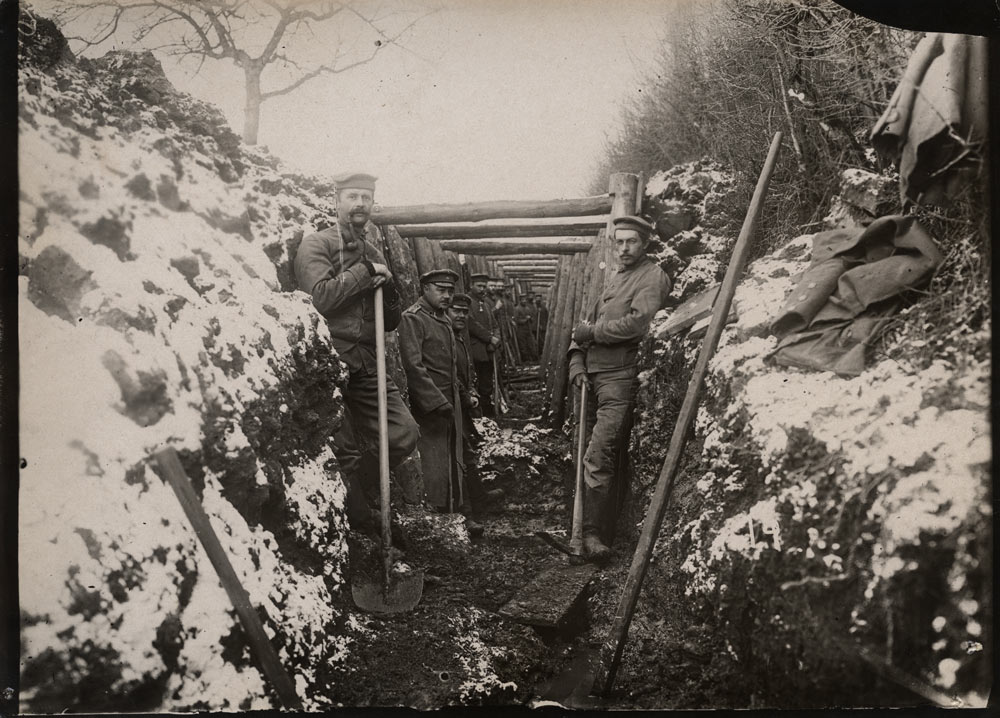
‘No-man’s land,’ was an ancient term that gained terrible new meaning during WWI. The constant bombardment of modern artillery and rapid firing of machine guns created a nightmarish wasteland between the enemies’ lines, littered with tree stumps and snarls of barbed wire. In battle, soldiers had to charge out of the trenches and across no-man’s land into a hail of bullets and shrapnel and poison gas. They were easy targets and casualties were enormously high. By the end of 1914, after just five months of fighting, the number of dead and wounded exceeded four million men.
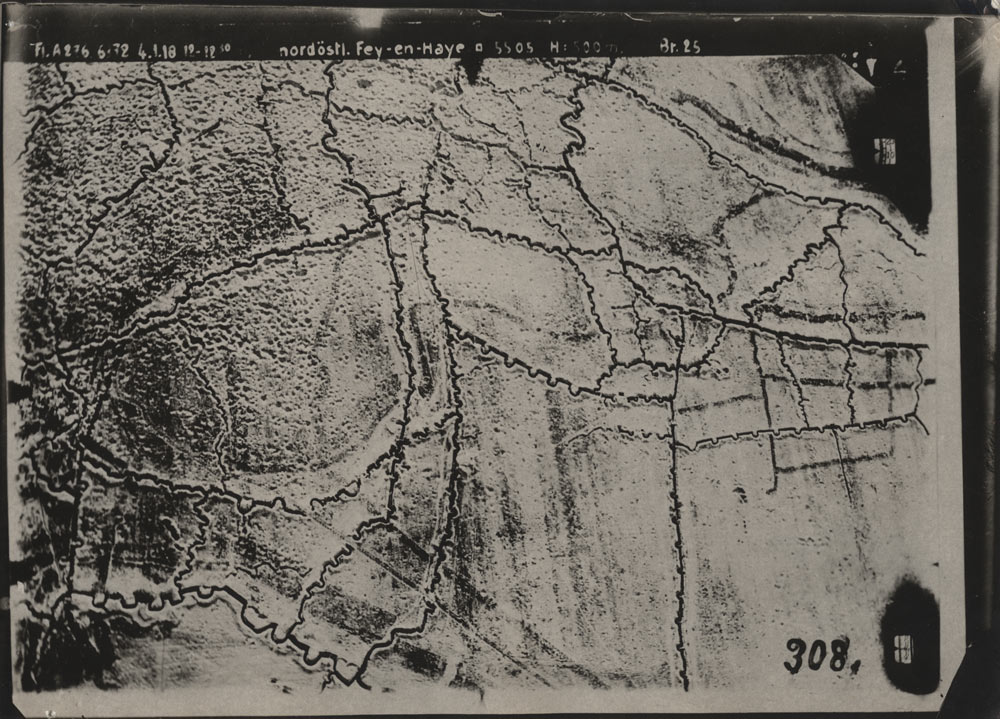
The trench systems on the Western Front were roughly 475 miles long, stretching from the English Channel to the Swiss Alps, although not in a continuous line. Though trenches offered some protection, they were still incredibly dangerous, as soldiers easily became trapped or killed because of direct hits from artillery fire.
